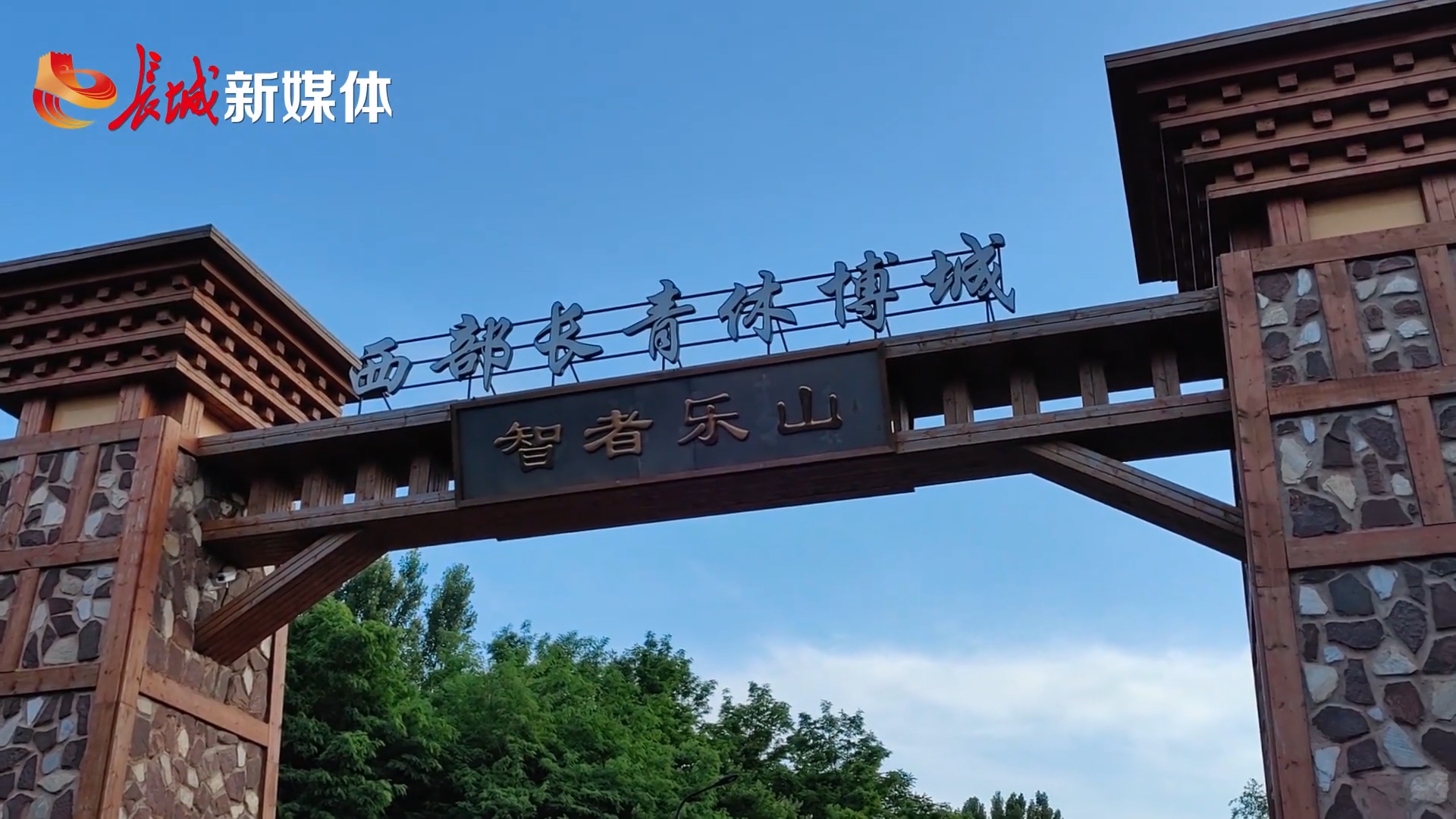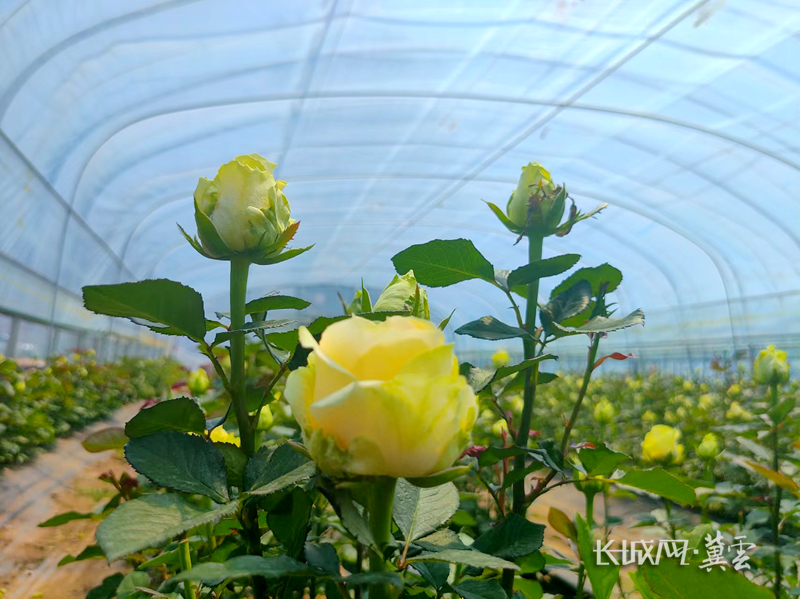Situated in the southeast of north China's Hebei Province and within the central region of the Bohai Sea, Cangzhou city has flourished for centuries thanks to its strategic location. Cangzhou is the starting point of the Maritime Silk Road in northern China, and today, it's emerging as a new hub for global connectivity under the Belt and Road Initiative (BRI).
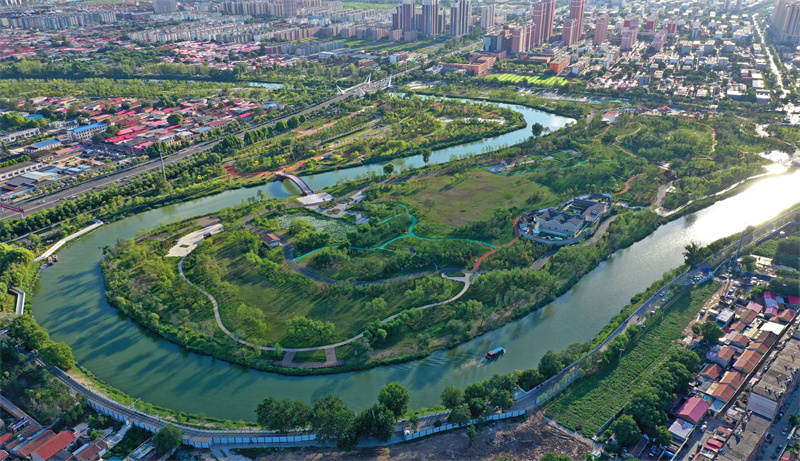
An aerial view of the Beijing-Hangzhou Grand Canal in Cangzhou city, north China's Hebei Province. (Photo/Chen Xiufeng)
A prominent iron lion in Cangzhou's Shicheng Park stands as a testament to the wisdom ancient people applied to overcome frequent floods. Cangzhou, through extensive water conservancy projects, has transformed unfavorable natural conditions into assets. The city's portion of the Grand Canal, spanning 216 kilometers and traversing eight counties, joins numerous rivers, ditches and canals, forming a vast network of waterways. This network has solidified Cangzhou's role as a critical land and sea transportation hub in northern China.
The thriving water transport network along the Grand Canal has stimulated economic growth, improved people's lives, and fostered a rich folk culture. Cangzhou boasts 19 national, 124 provincial, and 435 municipal intangible cultural heritage items.
As the longest stretch of the Grand Canal, Cangzhou was a thoroughfare for traveling merchants and martial arts practitioners. Throughout the Ming and Qing dynasties (1368-1911), nearly 2,000 people in Cangzhou achieved Jinshi or Juren degrees in martial arts, including the famed Chinese martial arts master Huo Yuanjia.
Recognized as the birthplace of martial arts in northern China, Cangzhou is home to over 50 martial arts schools, accounting for nearly half of the total martial arts schools nationwide.
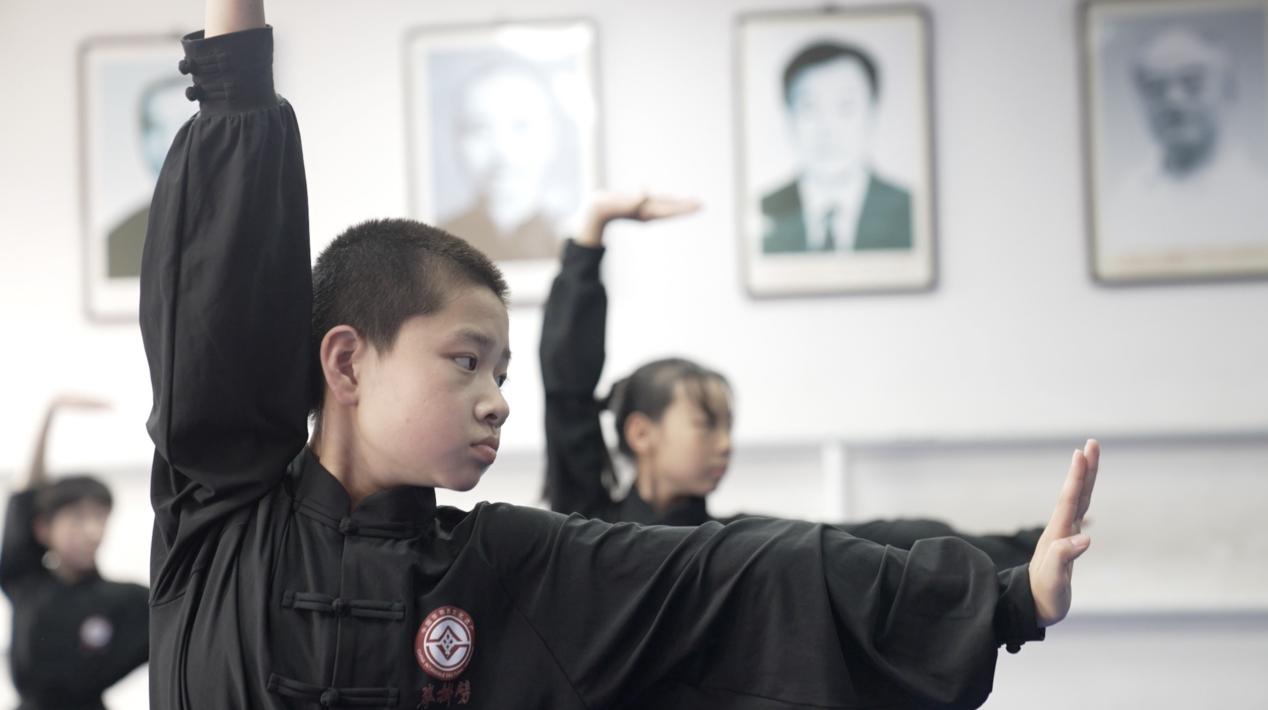
Children practice martial arts in Cangzhou city, north China's Hebei Province. (People's Daily Online/Yuan Meng)
Hejian city, a county-level city in Cangzhou, is known for the preservation of "The Book of Songs," or the "Shijing" in Chinese. The city safeguards over 700 editions and nearly 5,000 volumes of the "Shijing," including unique annotated copies, editions compiled by renowned scholars, and translations in various languages, including English, French, Russian, Japanese and Korean. In 2006, the Hejian geshi (song-poems), a fusion of the "Shijing" and music, was listed as an intangible cultural heritage in China.
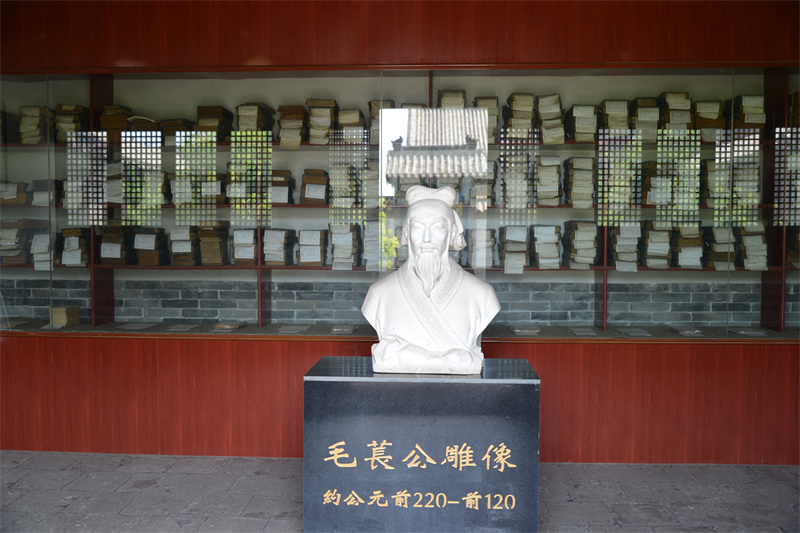
A photo of a statue of Mao Chang, a Chinese scholar known for his revision and commentary on the "Shijing," in an exhibition hall at ancient Government Office of Hejian scenic area where different editions of the book are preserved. (People's Daily Online/Zhao Zhao)
Wuqiao county in Cangzhou is one of the birthplaces of acrobatics in China. Via the Grand Canal, acrobats from Wuqiao traveled to Beijing, Tianjin, and Nanjing to earn a living through their performances. Since the 1990s, Wuqiao has integrated acrobatic instruction and performance into its culture. To promote this traditional art form, the county established the Hebei Wuqiao Acrobatic Art School and Wuqiao Acrobatics World, institutions that have nurtured numerous practitioners. Wuqiao's acrobatic performances span 486 acts across seven categories, including body skills, prop skills, equestrian skills, and traditional magic tricks. Multiple performances from here have earned the China Acrobatics Golden Chrysanthemum Awards, the highest honor in Chinese acrobatics.

An acrobat performs during a performance held at Wuqiao Acrobatics World. (People's Daily Online/Zhao Zhao)
Cangzhou's culinary culture is diverse and inclusive. Cangzhou hot pot chicken, a fusion of Sichuan, Chongqing, and Beijing-style hot pots, has a broth comprising 32 seasonings and Chinese herbs. This tasty dish is popular among tourists and a beloved local staple.

A photo shows Cangzhou hot pot chicken. (People's Daily Online/Yuan Meng)
Huanghua Port in Cangzhou, the starting point of the Maritime Silk Road in northern China and the country's second-largest coal exporting port, is steering a transformation from a coal port to a multifunctional port. The port has developed a modern industrial system anchored on crude oil, metallurgical equipment, and commercial logistics, focusing on strategic and emerging sectors such as new materials, marine organisms, and ocean engineering equipment.
In 2022, Hebei Province initiated new sea-rail intermodal container transport channels between Huanghua Port and Shenmu city in northwest China's Shaanxi Province and Erdos city in north China's Inner Mongolia Autonomous Region.
Currently, Huanghua Port operates 32 shipping routes, linking Cangzhou with 38 countries and regions worldwide.
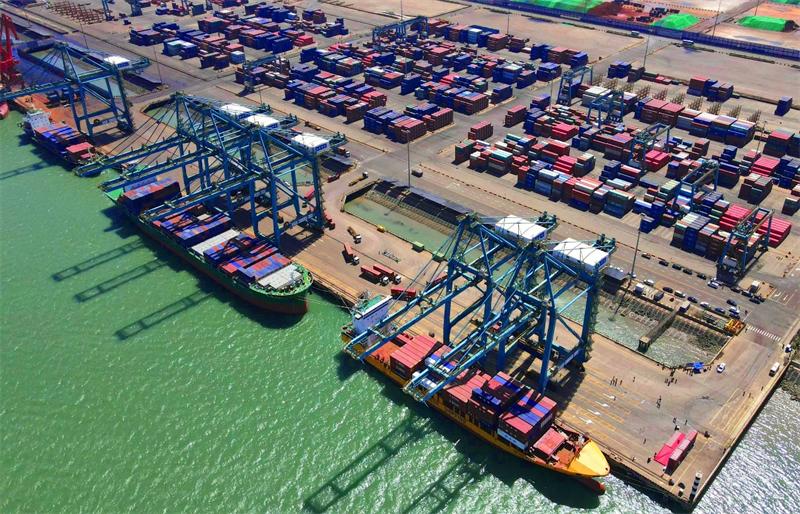
An aerial photo of a comprehensive zone at Huanghua Port in Cangzhou city, north China's Hebei Province. (People's Daily Online/Zhou Bo)
Editor: Song Lifang, Zhang Jingjing (Intern)




